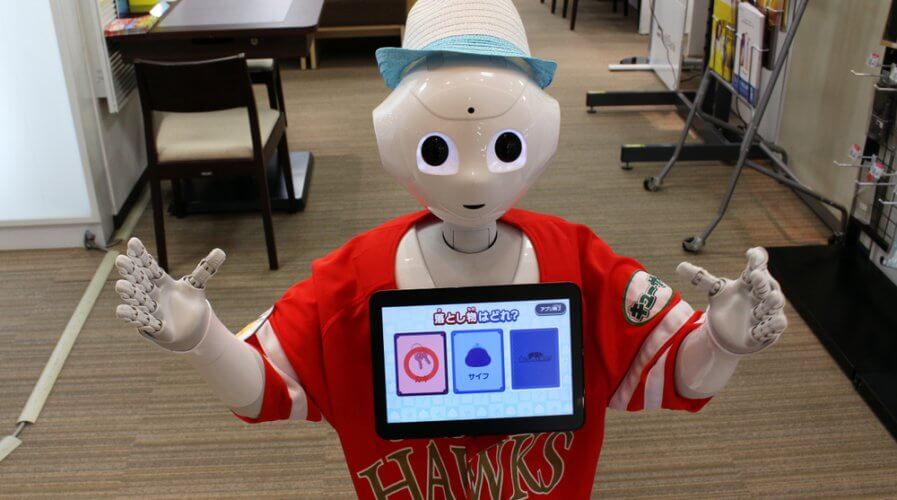
In-store robots look less like little humans and more like shopping carts today. Source: Shutterstock
In-store robots are shaped like shopping carts and offer more convenience
ROBOTS that are shaped like little humans and follow customers around a shop or retail establishment are creepy. Thankfully, that’s not what some of the more practical in-store robots look like.
Walmart filed an application to patent one of the first in-store robots way back in 2016 (approved in March 2018). The ‘apparatus’ essentially looks like a shopping cart with a cylindrical computing base attached to the bottom.
More niche players in other parts of the world, on the other hand, have partnered with technology companies and startups who have built their own AI-powered intelligent shopping cart-robots.
In South Korea, for example, discount chain operator E-mart is working with LG to develop in-store robots. Canadian grocery store Sobeys decided to trial a fleet of ‘smart carts’ built by a startup that raised about US$13.5 million in 2019 alone. French grocery giant Casino has decided to partner with a similar startup with a similar product as well.
No matter which part of the world you go to, the reality is that retailers are now beginning to deploy in-store robots to not only delight customers and provide them with an experience that matches their digital-first mindset but also boosts revenues.
Here are some of the intelligent features that in-store robots or smart shopping carts can perform:
# 1 | Enable auto-checkout
Equipped with just a simple camera and an AI engine in the background, in-store robots can help retails compete with the cashier-less experience that Amazon Go offers.
Usually, the feature doesn’t cost too much to develop or implement, but makes a world of a difference to customers who are looking for convenience or are in a hurry and would hate to have to wait in queue for their turn at the check out counter.
# 2 | Provide in-store navigation
Retail environments are often massive. That’s the charm they hold. Nobody expects an Ikea to be anything less than 10,000 square feet.
However, customers can sometimes find it overwhelming to look for items on their list and could possibly abandon the pursuit altogether, switching to their phone to shop online instead. In-store robots, therefore, could be helpful here.
They might not lead customers by holding hands, but in-store robots could definitely provide navigation assistance via a built-in screen or by connecting to the user’s mobile device.
# 3 | Offer personalized recommendations
One of the biggest advantages of shopping online is the fact that there’s the ability to recommend items to customers based on their tastes and preferences. That’s immensely helpful and boosts revenues for retails.
With in-store robots, recommendations are possible and can be offered in a way that is extremely helpful to the customer.
Say, for example, someone buys pasta. The cart could show some recipes and help direct the customer to pick up the other ingredients that they might not have in stock at home.
At this year’s CES 2020 Summit, a number of robotic innovations for retail spaces were showcased, indicating the growing interest in this space.
Forrester Principal Analyst Jennifer Wise said that the key takeaway for her from the event this year was the fact that “artificial intelligence (AI) + computer vision + robotics = easier and more personalized customer experiences and the chance for companies to keep up with customer expectation”.
In the coming months, more retailers are expected to deploy in-store robots with a chance that they look like shopping carts rather than little people — although experts believe that customers are getting accustomed to and comfortable with interacting with human-form robots as well.
READ MORE
- The criticality of endpoint management in cybersecurity and operations
- Ethical AI: The renewed importance of safeguarding data and customer privacy in Generative AI applications
- How Japan balances AI-driven opportunities with cybersecurity needs
- Deploying SASE: Benchmarking your approach
- Insurance everywhere all at once: the digital transformation of the APAC insurance industry


